How Generic Drugs Are Reshaping Brand Pharmaceutical Economics
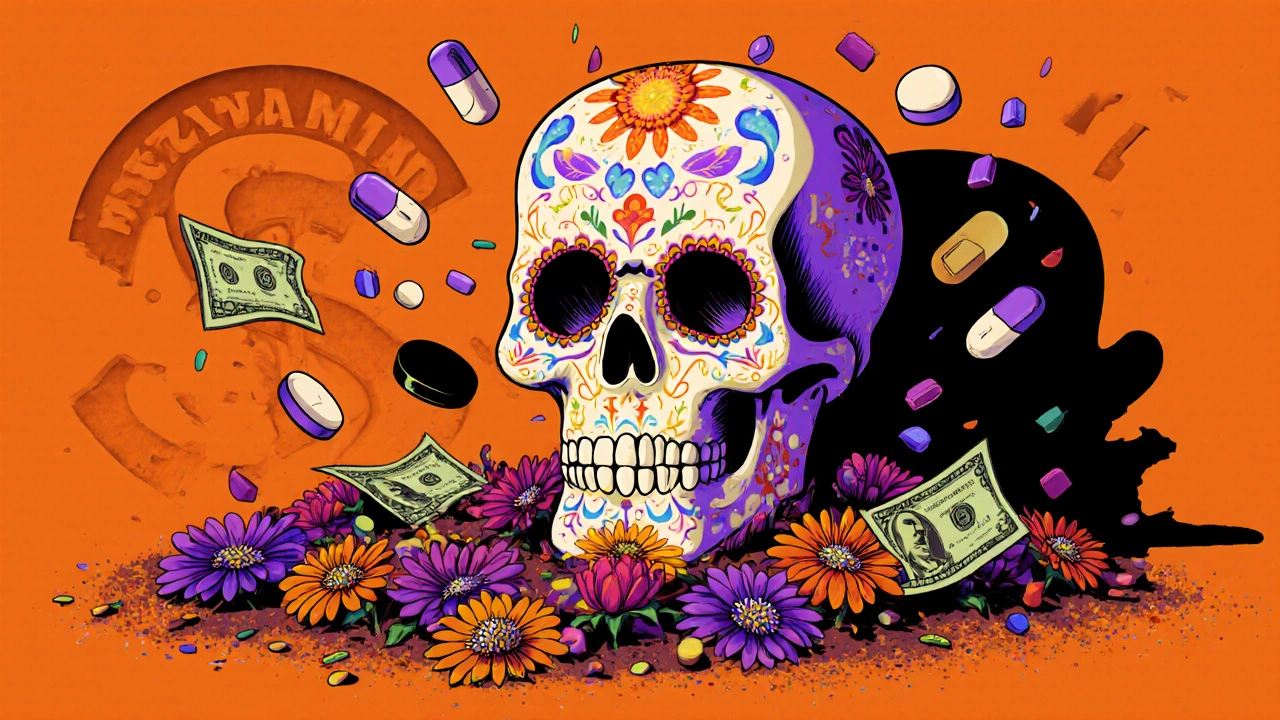
When a brand-name drug loses its patent, everything changes. The price doesn’t just drop-it collapses. Within months, a medication that once cost $300 a month can be found for $10. This isn’t magic. It’s generic drugs stepping in, and they’re rewriting the rules of how pharmaceutical companies make money.
The Patent Cliff: When Revenue Vanishes Overnight
For brand manufacturers, patent expiration isn’t just a milestone-it’s a financial earthquake. When a drug like Humira lost patent protection in 2023, its annual sales, which had been over $20 billion, dropped by 80-90% in the first year. That’s not a slow decline. That’s a cliff. And it’s happening to dozens of big drugs every year. The numbers don’t lie. Generic drugs make up about 90% of all prescriptions filled in the U.S., but they account for only 20% of total drug spending. That means brand-name drugs, which make up just 10% of prescriptions, are still responsible for 80% of the money spent. Why? Because they’re priced like monopolies. Once generics enter the market, that monopoly disappears. And so does the revenue. Brand companies know this. That’s why they spend millions on legal teams to delay generic entry. Tactics like "pay for delay"-where a brand company pays a generic maker to hold off on selling its version-have cost patients and insurers nearly $12 billion a year, according to a Journal of Health Economics study cited by Blue Cross Blue Shield. These deals keep prices high, even when competition is ready to drop them.How Generics Work: A Commodity Market Unlike Any Other
Generic drugs aren’t cheaper because they’re lower quality. They’re cheaper because they don’t need to pay for research, marketing, or advertising. The FDA requires them to be identical in active ingredient, strength, dosage, and effectiveness to the brand version. That’s it. No extra costs. No fancy ads. Just the medicine. But here’s the twist: once a generic hits the market, competition explodes. The first generic maker might sell at 20-30% below brand price. The second drops it another 20%. By the time five or six companies are selling the same pill, prices can be 85-90% lower. A 2023 FDA analysis of over 2,400 new generic drugs confirmed this pattern. The more competitors, the faster prices fall. This isn’t like selling smartphones or sneakers. It’s like selling salt. No one cares which brand you buy. All that matters is price. That’s why generic manufacturers operate like factories, not innovators. They compete on who can produce the pill for the lowest cost. And that puts pressure on everything-from raw materials to labor to quality control.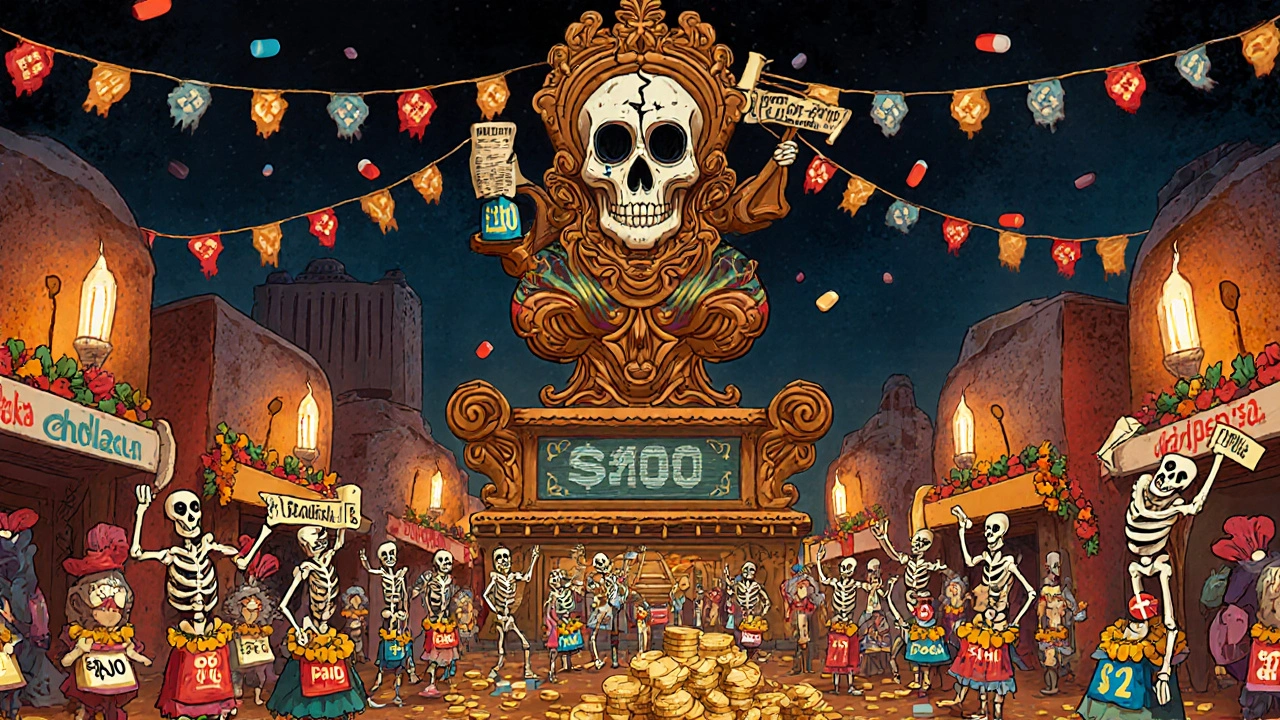
Brand Manufacturers Fight Back
Big pharma doesn’t sit still when a patent expires. They’ve built entire strategies around surviving the patent cliff. One tactic is "authorized generics"-where the brand company itself launches a generic version. Pfizer did this with its cholesterol drug Lipitor. By selling its own generic, it kept a slice of the market instead of losing it all. Another is "product hopping": slightly changing the drug (new pill shape, extended-release version) to get a new patent. The Congressional Budget Office estimates this practice costs taxpayers $1.1 billion over ten years. Some companies, like Novartis, have gone further. In 2022, they spun off their generics division, Sandoz, into a separate company. Why? To untangle the conflicting goals. One side needs to innovate and charge high prices. The other needs to compete on cost. Keeping them under one roof created internal conflict. Splitting them made sense. Then there’s the shift toward high-value drugs. Companies like Eli Lilly and Novo Nordisk are pouring money into new GLP-1 drugs for diabetes and obesity. These aren’t pills you can copy easily. They’re complex biologics. Generics for these take years to develop and cost hundreds of millions. So while traditional pills are being undercut, these new treatments are still protected by patents-and priced like luxury goods.The Hidden Costs: Who Really Pays?
You’d think with generics, everyone wins. Patients pay less. Insurers save money. But reality is messier. Pharmacy benefit managers (PBMs)-the middlemen between insurers, pharmacies, and drug makers-have become a major problem. They negotiate rebates and discounts behind closed doors. Often, the discount doesn’t reach the patient. Instead, PBMs keep a cut. The Schaeffer Center at USC found patients pay 13-20% more for generics than they should because of these opaque deals. Pharmacists on Reddit and industry forums complain about this daily. Some say they lose money on generic prescriptions because PBM reimbursement rates change weekly. One pharmacist in Texas posted in 2023 that he was paid $8 for a 30-day supply of metformin that cost him $9 to buy. He had to absorb the loss just to keep his license. Even the FDA has warned that the race to the bottom in generic pricing is causing shortages. When the profit margin on a $2 pill is only 10 cents, companies stop making it if there’s a supply hiccup. That’s why some essential generics-like antibiotics or blood pressure meds-disappear from shelves for months at a time.
The Bigger Picture: 0 Billion in Savings… and Still Too Much
The upside? Generics saved the U.S. healthcare system $330 billion in 2023 alone, according to the Schaeffer Center. That’s more than the entire annual budget of the CDC. Without generics, millions of people couldn’t afford their meds. Diabetes, asthma, heart disease-these aren’t optional treatments. They’re life-or-death. But here’s the paradox: we’re saving billions, yet drug prices keep rising. Big pharma’s median price increase on 250 drugs in early 2025 was 4.5%-nearly double inflation. Why? Because the drugs that still have patents are getting more expensive. And the ones without patents? They’re so cheap that the system forgets about them. Legislators are starting to act. Bipartisan bills are moving to ban "pay for delay" deals. The FDA’s Generic Drug User Fee Amendments (GDUFA), renewed in 2022 with $1.1 billion in industry fees through 2027, is speeding up approvals. But progress is slow. And the economic pressure on brand manufacturers? It’s only growing. By 2028, an estimated $400 billion in brand drug revenue will be at risk from patent expirations. That’s the equivalent of the entire pharmaceutical industry’s annual profit. Companies that don’t adapt-by diversifying into biologics, investing in new delivery systems, or spinning off generics-will struggle to survive.What Comes Next?
The future of pharmaceutical economics isn’t about choosing between brand and generic. It’s about managing both. Brand manufacturers will keep innovating-but only where they can protect profits: complex drugs, rare diseases, personalized therapies. Generics will keep winning on price-but only if competition stays fierce and middlemen don’t steal the savings. Patients will keep benefiting from lower prices-but only if transparency improves. If PBMs can’t be forced to pass savings along, the system will keep failing the people it’s meant to help. And the government? It’s caught in the middle. It wants affordable drugs. But it also needs innovation. The Hatch-Waxman Act of 1984 tried to balance that. Now, 40 years later, it’s clear: the balance is broken. The system needs a new deal-one that rewards innovation without letting monopolies hold patients hostage. The truth is simple: generics are the most effective cost-saving tool in modern medicine. But they’re not a fix-all. They’re a mirror. And what they reflect is a system that still prioritizes profit over access-even when the medicine is cheap enough to be free.Post Comment

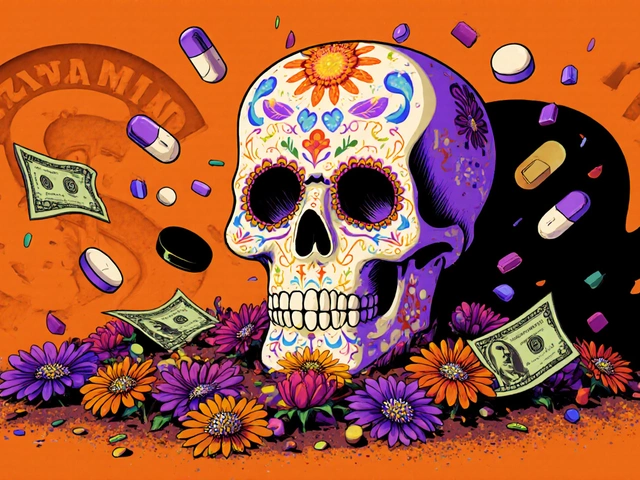
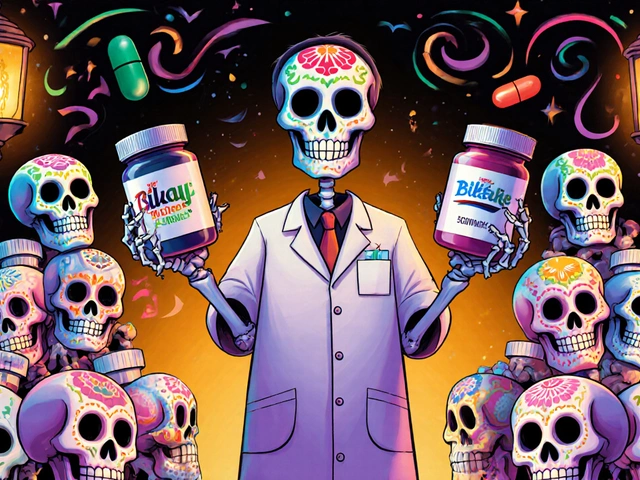
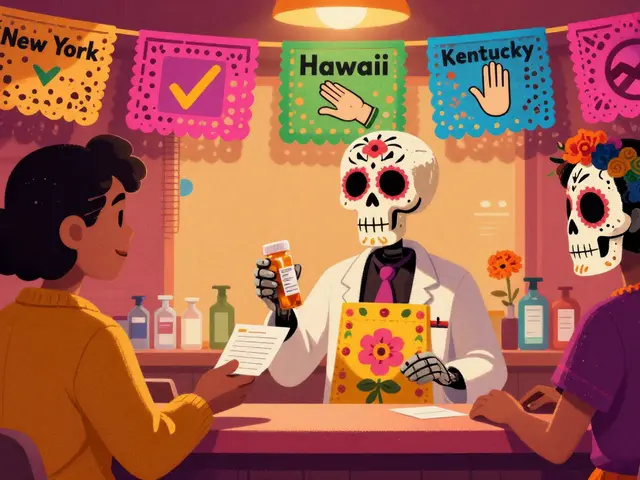
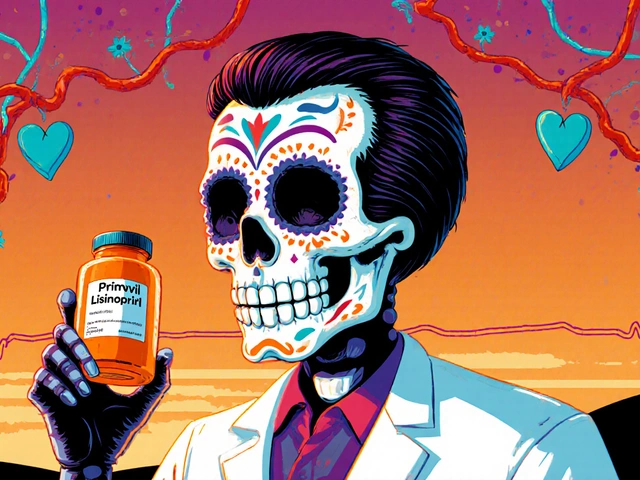


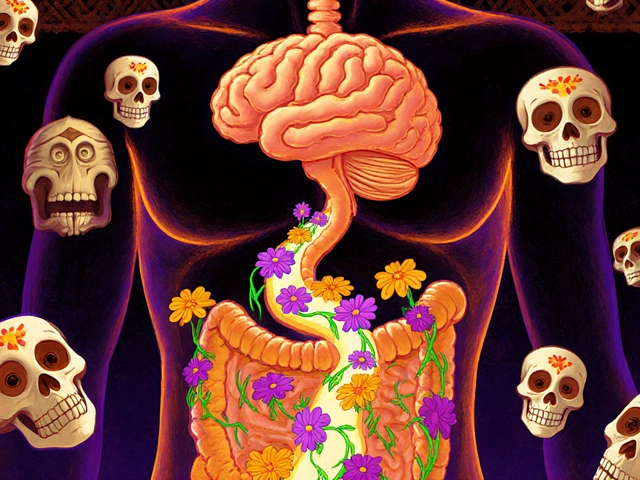
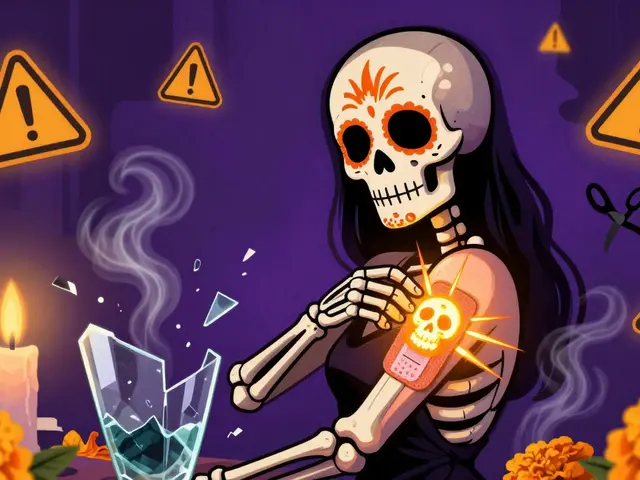
It's wild how something so simple-a pill that does the exact same thing-can shake an entire industry. I used to think generics were just cheap knockoffs, but learning they're FDA-approved clones changed everything for me.
My grandma takes five generics now. She used to skip doses because of the cost. Now she’s stable, and I can’t help but feel like the system works… just not the way it’s supposed to.
Patent cliffs are not accidents. They are engineered outcomes of monopolistic rent-seeking.
It is imperative to recognize that the structural incentives embedded within the pharmaceutical supply chain are fundamentally misaligned with public health objectives.
The current regulatory framework, while technically sound in its statutory construction, fails to account for the perverse economic dynamics that emerge when innovation is monetized through artificial scarcity.
Moreover, the role of pharmacy benefit managers introduces a layer of opacity that directly undermines price transparency and patient access.
It is not merely a matter of market competition; it is a question of fiduciary responsibility to the public trust.
Without systemic reform, the savings generated by generics will continue to be siphoned away by intermediaries rather than realized by those who need them most.
So let me get this straight-we spent 20 years making people pay $300 for a pill, then let 12 companies sell it for $2, and somehow the middlemen still make more money than the doctors?
Yup. Welcome to American healthcare. 🤡
Wait, wait, wait-I just read that PBMs are keeping the savings? Like… they’re the ones who negotiate the discounts, but then don’t pass them on? That’s… that’s insane. That’s like a grocery store saying, ‘We got a deal on apples, but you still pay full price because we’re keeping the difference.’ And they call themselves ‘benefit managers’? That’s a lie. That’s a scam. That’s… that’s criminal. Someone needs to sue them. Like, immediately. Like, yesterday. Like, now. Like, NOW.
My cousin’s kid has asthma and they use the generic inhaler-used to cost $500 a month, now it’s $12. She cries every time she gets the prescription because she’s so relieved. Like, real tears. Not fake ones. The kind you cry when you’re not scared you’re gonna lose your house.
But then I heard the pharmacy lost money on it? That’s messed up. Why are we punishing the people who give us the medicine? Someone’s gotta fix this. Like, please. I’m begging you.
Generics are the quiet revolution. No fanfare. No headlines. Just pills. And yet they hold the fate of millions in their powder form.
We worship innovation but fear affordability. We build empires on patents but forget that medicine is not a luxury. It is a right. And the market, left unchecked, will always choose profit over life.
Perhaps the real question is not how to make generics cheaper-but how to make human life priceless again
Product hopping is fraud. Full stop.
Changing the pill shape to get a new patent isn’t innovation-it’s legal loophole abuse. The FDA should require a clinical benefit threshold for new formulations, not just chemical tweaks.
And PBMs? They’re the reason generic prices don’t help patients. They’re the middlemen who profit from confusion. Ban rebate secrecy. Mandate direct-to-patient pricing. Done.
It’s like buying toilet paper. You don’t care if it’s Charmin or the store brand-you just want it to work and not cost your rent money.
But with pills, somehow we act like the brand version is magic. Nope. Same active ingredient. Same results. Just no ad with a dog running on a beach.
This is such an important topic. I’ve seen how generics change lives-my dad’s blood pressure med dropped from $200 to $4. He started taking it regularly. His numbers improved. He’s alive today because of it.
I wish more people knew how much this matters. It’s not just about money-it’s about dignity. And access. And not having to choose between meds and groceries.
Actually, the FDA’s GDUFA program has improved generic approval times by 42% since 2017. And the 2023 Schaeffer Center report you cited? It’s outdated-their 2024 update shows PBM rebates are now being passed to 68% of patients under Medicare Part D. Also, pay-for-delay was banned by the FTC in 2023. You’re operating on 2020 data. 🤓
Man, I never thought about how spinning off Sandoz made sense. It’s like having a chef who also runs the grocery store-you can’t be both the creator of the fancy dish and the one selling the cheap rice.
Big pharma needs to pick a lane. Innovation or volume. Not both. It’s too confusing for everyone.
Who cares about generics? America is weak. In my country we make our own drugs. We don’t bow to patents. We don’t cry because a pill costs $10. We build. We innovate. We take back our health. You think you’re free because you get cheap pills? No. You’re enslaved by a system that lets corporations decide who lives and who dies. We don’t need your system. We don’t need your patents. We don’t need your PBMs. We build our own future
I remember when my mom’s cholesterol med went generic. She called me crying-not because she was sad, but because she could finally afford it without skipping meals.
And then I read about the pharmacist who lost money on metformin… and I just sat there.
How do we fix this? If the people handing out the medicine are losing money, how is this sustainable?
Maybe we need to pay pharmacists properly. Maybe we need to cut out the middlemen. Maybe we need to treat medicine like a public utility.
But we can’t keep pretending this is normal.